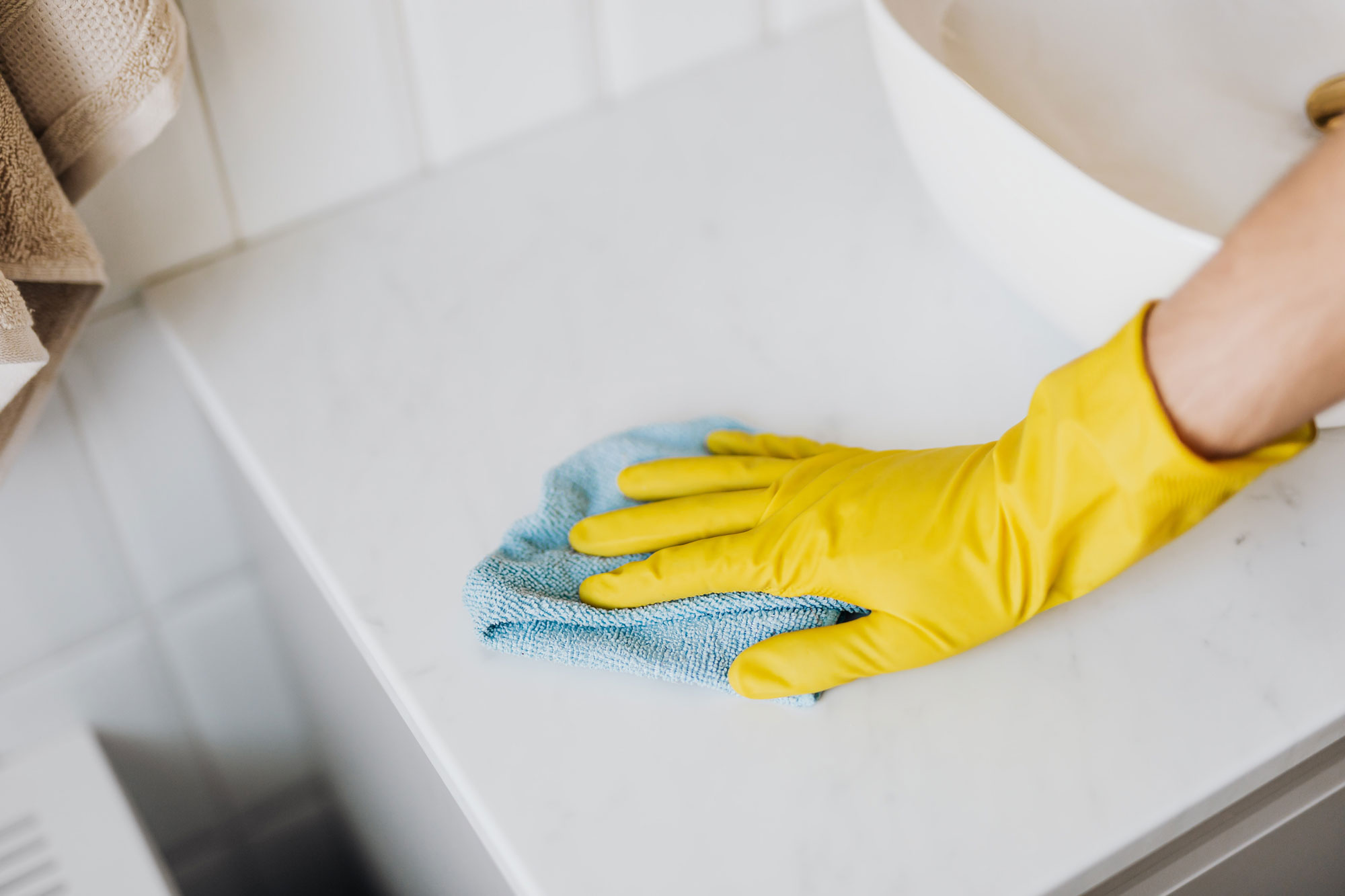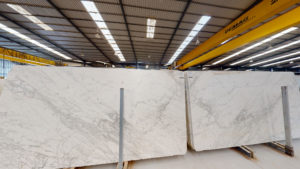How to care for natural marble surfaces
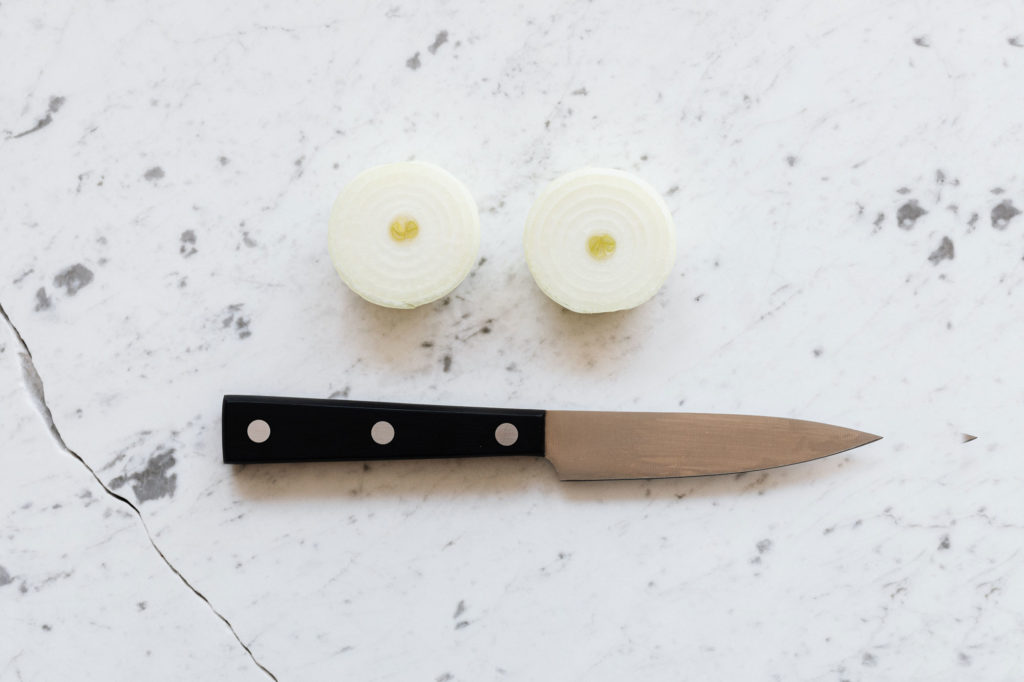
Marble has long been used in kitchens, for example in sinks or countertops, although this wonderful stone can easily stain and discolor with daily use.
Despite its reputation as a stone that requires special care and regular maintenance, it has made its way into many kitchens with its classic, luxurious look.
Many people love marble for its natural beauty, and although marble washbasins, for example, will not remain the same over the years, regardless of the quality of the marble used in their design,
However, some consider that this is part of the beauty of natural stone, the more years and older it becomes, the more beautiful it becomes.
With this said, there are some things you can do to protect and preserve marble, and here are the main ones:
The most important things you can do to protect and preserve natural marble:
First you need a good and effective sealant (insulator)
Marble is one of the most porous stones, so you need to protect its surface by making sure it stays closed.
When you buy a countertop, for example, it doesn’t come with a sealant.
You can ask the installer to apply the insulating sealant, and you can easily do it yourself once the marble is in place.
The most common marble finishes are:
Either lustrous – polished – glossy (with a high-gloss surface),
or Defined – Aged – Etched which results in a matte but smoother surface.
However, as additional information, when the surfaces of marble sinks are sharpened, which results in the two types being similar without any scratches appearing, however, this makes the marble more susceptible to stains.
To apply the sealant (marble sealer), you must make sure the surface is clean and dry, then wipe the sealant with a soft cloth.
Under normal use, the sealant should last about a year before it needs to be reapplied.
But in some cases more sealant should be used when it comes to marble washbasins due to their extensive daily use.
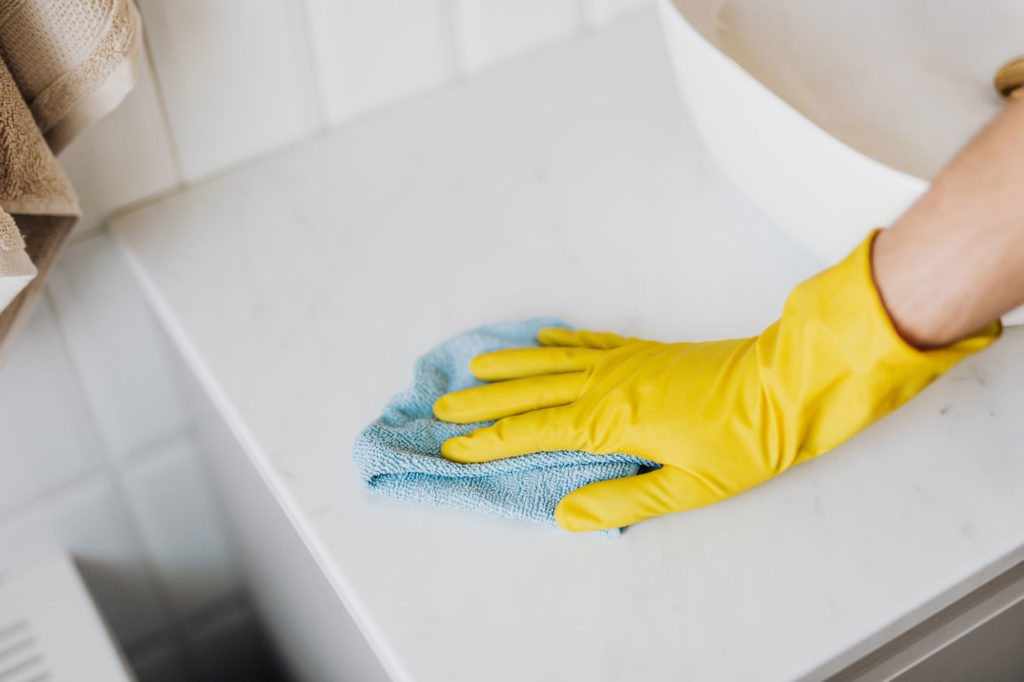
Clean it carefully daily
To ensure that the sealant remains effective,
You should wipe the marble surface daily with a soft cloth or sponge, mild soap (such as dish detergent), and water.
You should also remove any food spilled on the marble immediately, before it seeps into its pores and causes staining or discoloration (it can happen overnight, even with the sealant in place).
It is important to keep some good-sized cutting boards on hand for food preparation so that no colored materials come into contact with the marble surface.
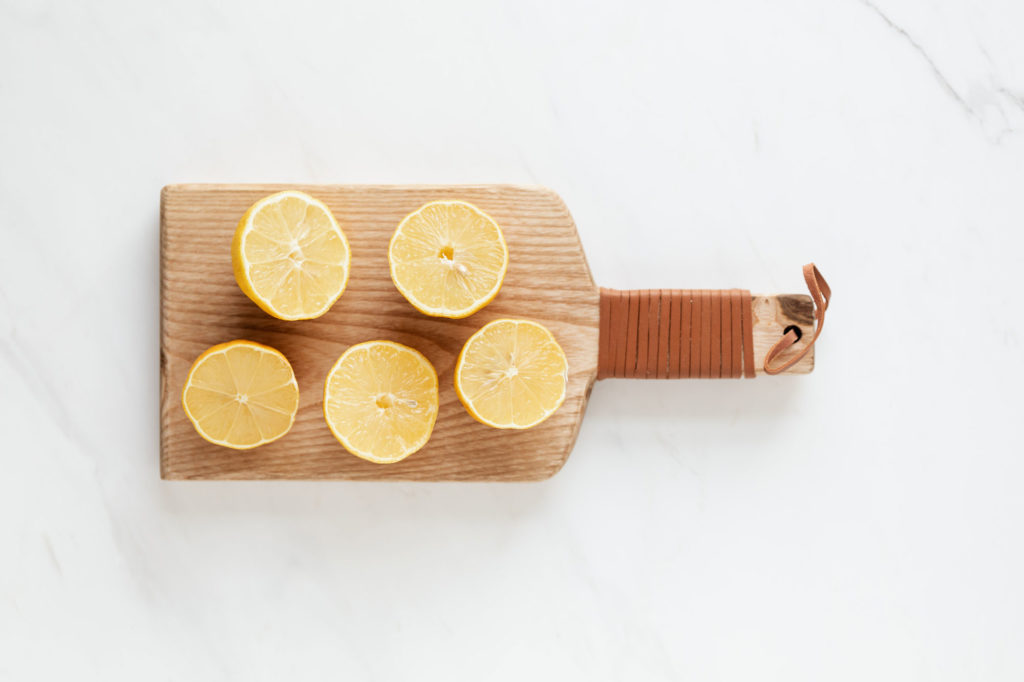
Do some people wonder why my marble sink countertop or my kitchen marble countertop looks different after only three months of installation? “The answer is simple.” Ask them what detergent they use.
Or tell them to ask the maid or their husband if they used something abrasive, they remove the sealant and leave the marble wide open to stains.
But stains aren’t the only things you have to worry about. Marble is also prone to etching (faint marks on the surface caused by contact with acidic materials).
You’d be amazed at the number of acidic cooking ingredients—lemon juice, vinegar, tomato sauce, the list goes on—the pit marks can’t be removed, they require more aggressive treatment.
In conclusion, everyone who thinks should have a marble surface, whether for natural marble sinks, or a countertop for a kitchen, or even floors and walls.
He should know that he has to maintain the marble periodically every one and a half to three years, depending on the use, and he must insulate it again to keep it exactly as it was.

